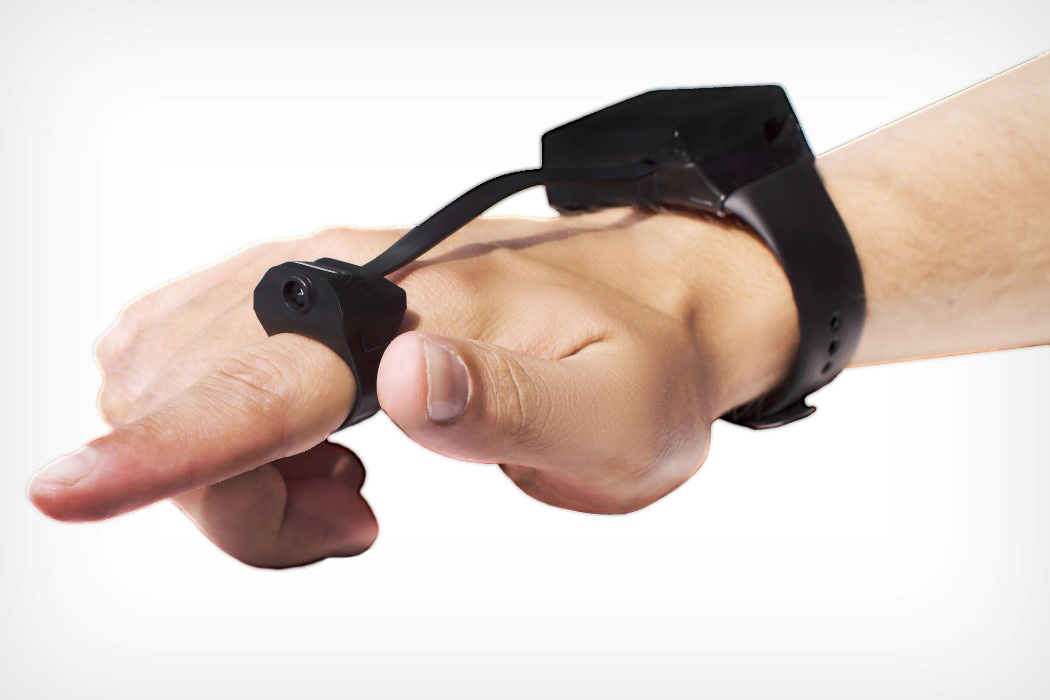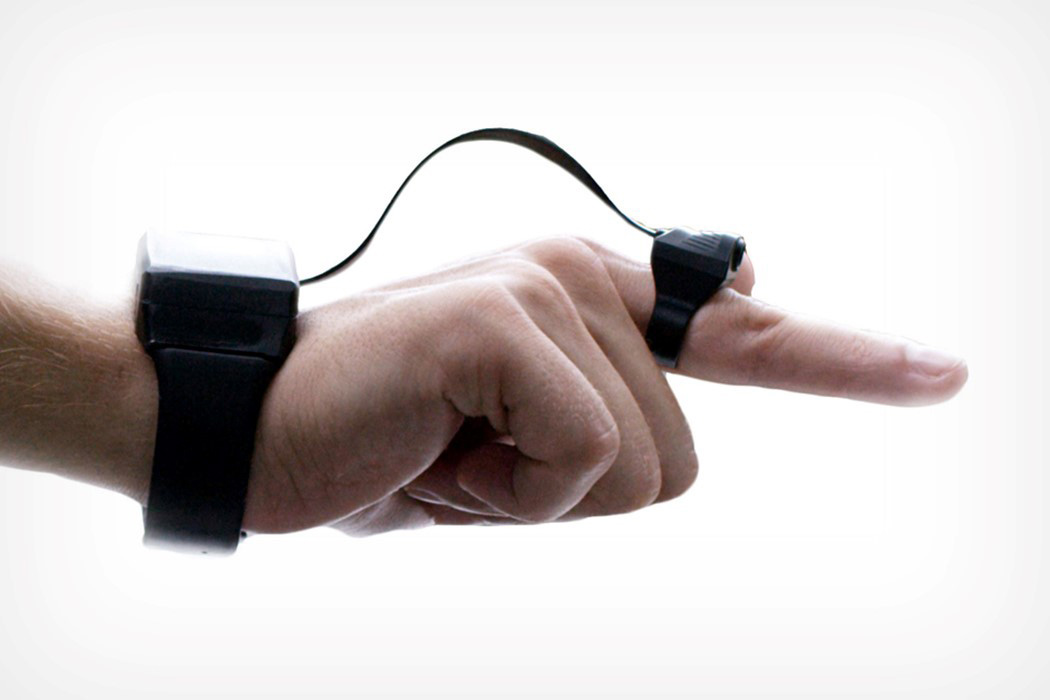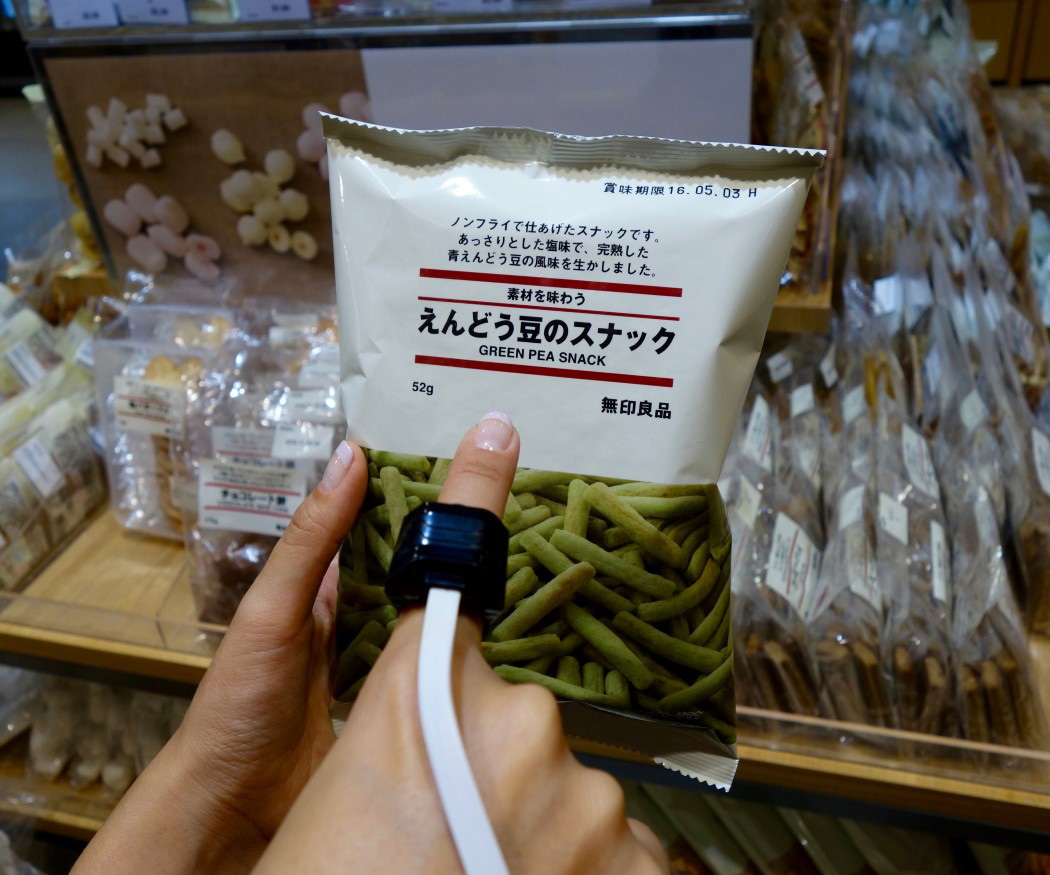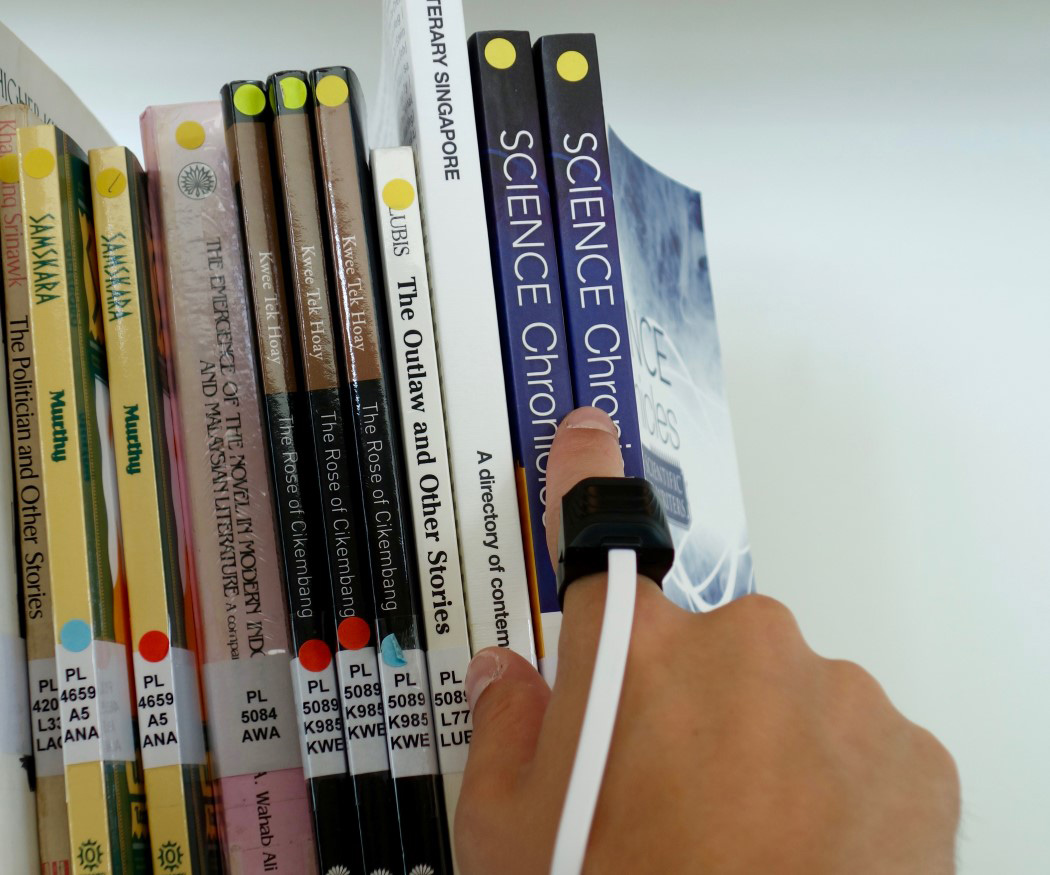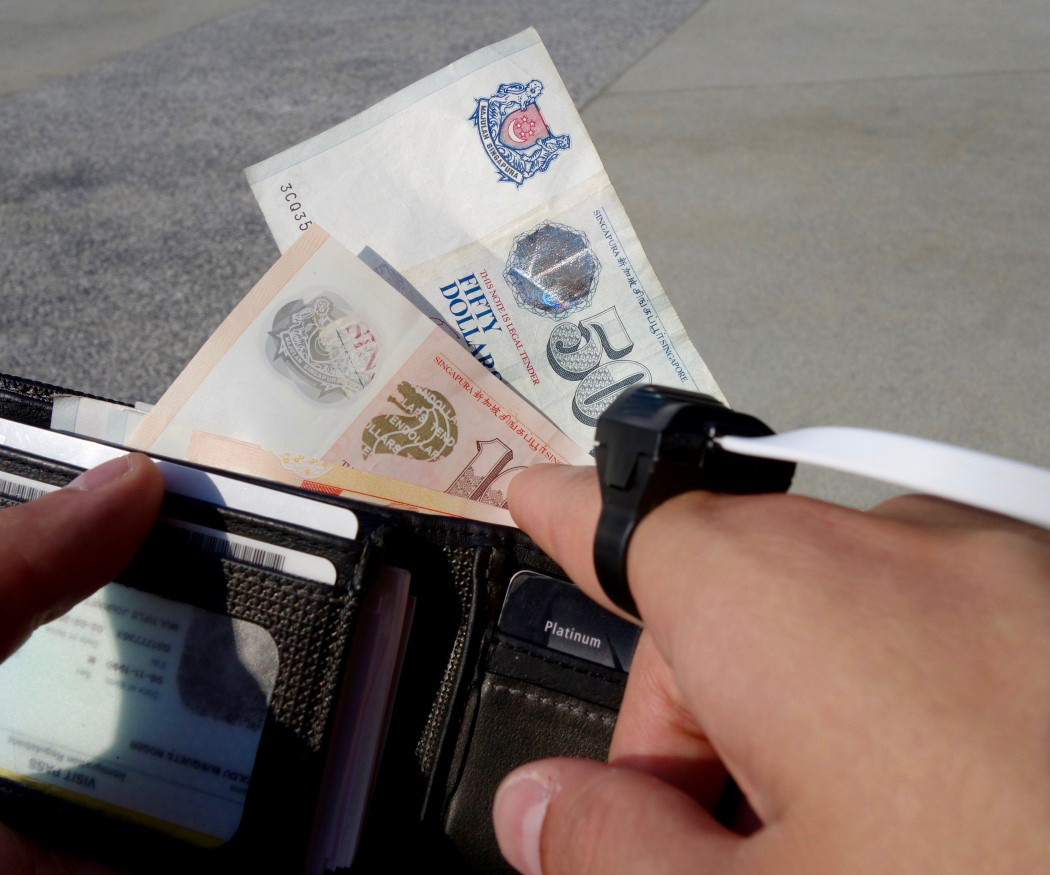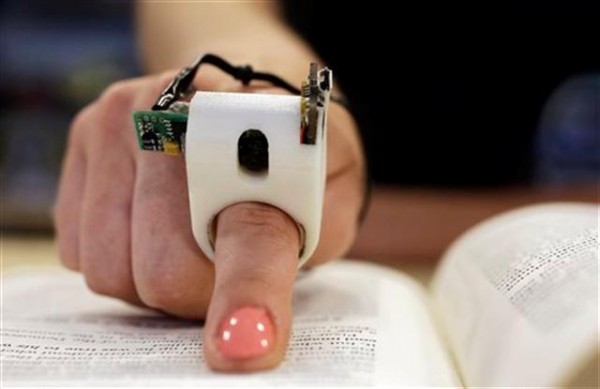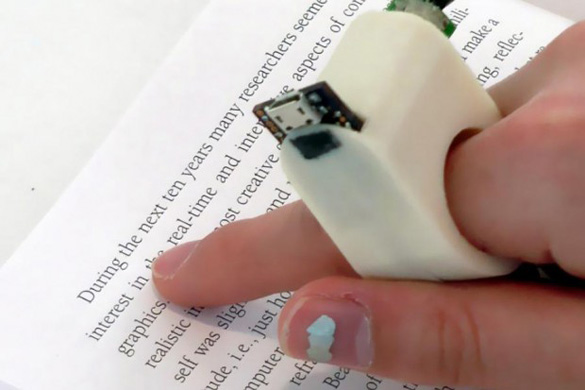There are many devices that help the visually impaired live a normal life, but none is as convenient to use as the ring developed by MIT’s Media Lab, which reads text to them in real time.
Scientists at the Massachusetts Institute of Technology developed a hi-tech ring that could help blind people say goodbye to the Braille tactile writing system. FingerReader, as this device is called, enables visually impaired people to read more than just books. In fact, this could allow them to also read computer screens, magazines, and menus. To make FingerReader even more interesting, MIT scientists created this ring using 3D printing.
FingerReader is a life-altering device for Jerry Berrier, 62, who is blind since birth, as it’s portable, and offers real-time functionality. The device could come in handy in various situations, as Berrier said: “When I go to the doctor’s office, there may be forms that I wanna read before I sign them.”
Berrier is aware of the existence of other such optical character recognition devices, but as far as he knows, none of the others offer results in real-time. FingerReder could actually diminish the differences between the sighted and the visually impaired, as Berrier noticed: “Everywhere we go, for folks who are sighted, there are things that inform us about the products that we are about to interact with. I wanna be able to interact with those same products, regardless of how I have to do it.”
The Fluid Interfaces research group that created FingerReader is lead by Pattie Maes, who compared the high-tech ring to “reading with the tip of your finger and it’s a lot more flexible, a lot more immediate than any solution that they have right now.”
With 11.2 blind people in the US, no one could say that there isn’t a market out there for such devices. The demand is even greater in such highly-populated countries as India and China. It took the Fluid Interfaces group three years to create the software and various versions of hardware, and they might think that there’s still room for perfecting the device. Hopefully, the FingerReader will be commercially-available in the not-so-distant future. Provided that it comes at a decent price, there are plenty of people who could benefit from it.
Be social! Follow Walyou on Facebook and Twitter, and read more related stories about the Tuit Security ring that uses NFC to unlock your smartphone, and the Google Gesture concept that gives the speech-impaired a voice.

